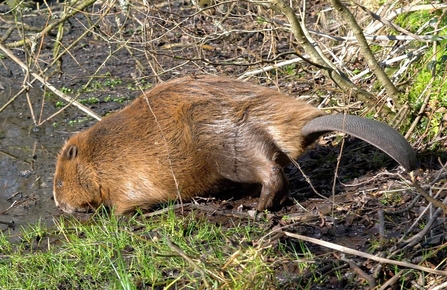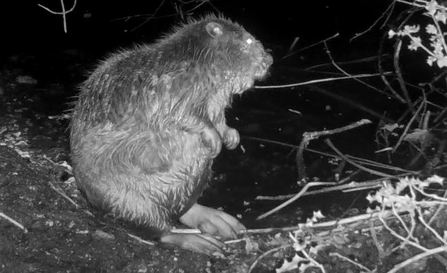Spring is a truly magical time of year. The sun starts to get higher in the sky, days are longer, and temperatures are increasing, kick starting nature up from its winter slumber. Wildlife watching at this time of year is a wonderous occasion, and as I walk around our Dorset Beaver Project site the first flowers are coming into bloom, birds are singing from the treetops, and you can’t help but feel energised by the seasonal change underway!
Speaking of change, in the UK nothing can transform a landscape quite like a beaver (apart from us human beings). These influential creatures are commonly termed ecosystem engineers due to their habits which famously includes dam building and wetland creation.
Although actual sightings are rare at our project site due to their predominantly nocturnal habits, it’s not hard to see from their appearance that beavers are incredibly unique mammals, and their anatomy has many features adapted to help them thrive in the freshwater environment in which they live.



